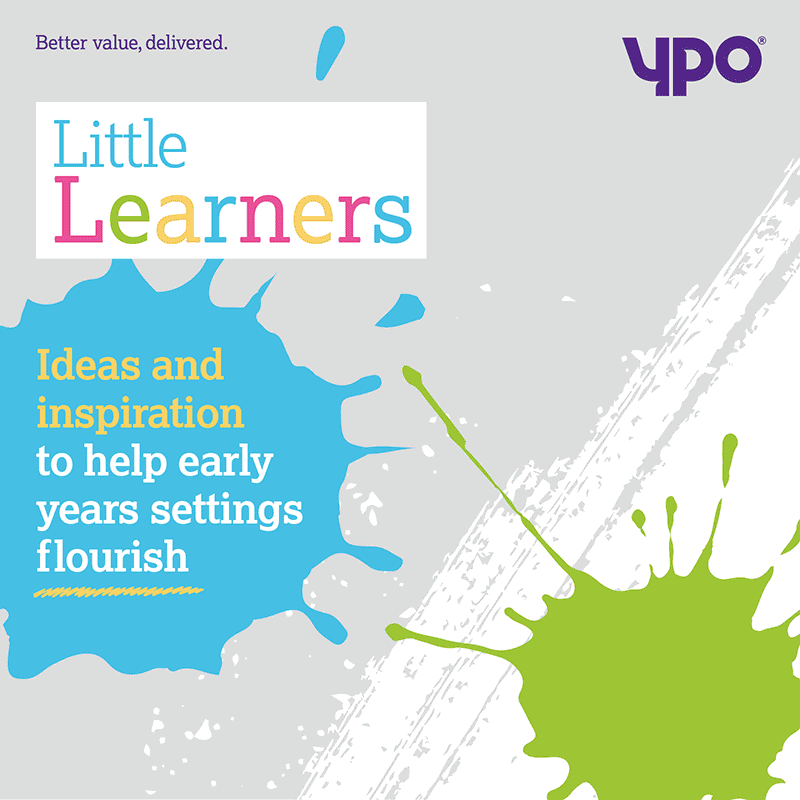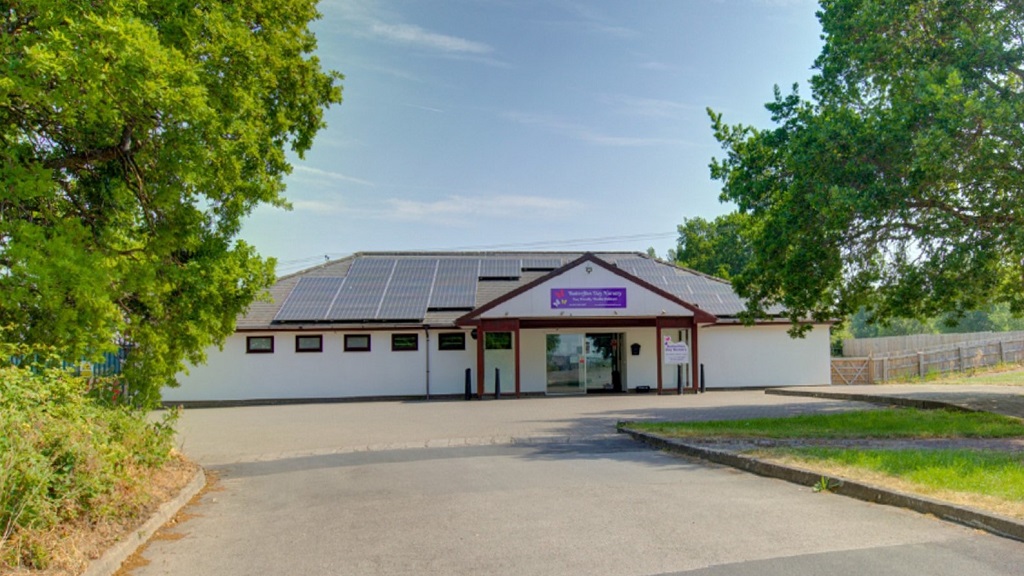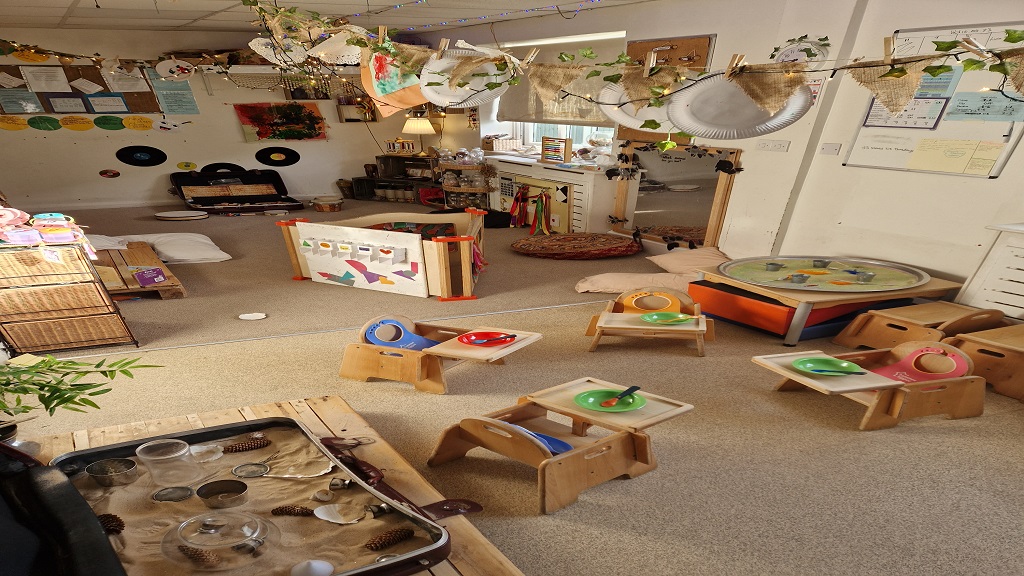A growing nursery group which aims to provide more childcare across the South of England has completed the acquisition of…
Expanded offer falls short in creating more places for families, new research shows
Almost two thirds (59%) of early years settings, which have provided the new expanded offer to two year olds since April, have not been able to offer extra places, new research reveals.
An annual survey of more than 550 early years educators undertaken by Tapestry, the online learning platform and management system, also found that a similar number had not recruited more staff.
69% of respondents to the survey said they were providing the expanded offer, but the findings suggest that their provision was only available to existing families using the setting, with no extra places created for new families. As a result, the overall number of places available may not have increased – a concern that was highlighted ahead of the new offer launching**.
Encouragingly, more than half (54%) of respondents felt the first month of the expanded offer had gone well. However, a third (33%) also said they’d had to pass on extra costs to parents and two thirds (62%) said they’d needed to produce new information for families.
Comments from respondents highlight the challenges felt by settings. One respondent said: “Staff are stretched, we are unable to recruit, and the parents aren’t given enough info.”
Another added: “Funding rates are low and they do not cover the hourly rate, while everything else has increased.” And another revealed: “Can’t get staff working longer hours to cover.”
Worryingly, looking ahead to the expanded offer changes in September, more than half of respondents (54%) felt they were only partially prepared at best.
Advice for the next government
The survey asked respondents to give their views on what they felt the next government should include in their early years policies. Greater funding (89%) and more support for children with additional support needs (81%) were most popular options. Half (54%) felt a new government should include subsidised professional development qualifications for those pursuing a career in the early years. Dr Helen Edwards, co-founder of Tapestry and a former nursery owner, said:
“It is likely we will have a Labour government following the election, and I am encouraged that their manifesto talks about driving up quality – something close to every educator’s heart. However, it is also important that a new government understands that support for children with SEND needs to start in the early years, and our survey shows this is a priority, and one that needs funding.”
The survey also asked respondents about their views on the Labour party’s main policies (ahead of the election being called). More than four fifths (89%) felt that support for early language skills and identifying children who needed extra help sooner was ‘very important’. However, Labour’s manifesto makes it clear that it is primary schools, rather than early years settings, which will get support on early-language interventions.
Group observations on the rise
Tapestry’s survey found that the number of group observations have increased, with a quarter of respondents reporting this. Dr Helen Edwards, co-founder of Tapestry and a former nursery owner, said: “I’m interested to understand why group observations have increased, and what impact this might have on supporting parental engagement.”
The way observations are captured continues to evolve, with a quarter (26%) of respondents reporting they had reduced the number of written/typed observations in the past year and a similar number (25%) reporting they had increased their use of photos and a fifth (21%) increasing their use of video.
Observations are also used for much more than capturing children’s development. Almost all respondents shared observations with parents and carers and half (55%) used them to consider how well provision supported their children. Encouragingly, near to half (45%) used observations to support their professional development.
Dr Edwards added: “Talking with children about photos and videos in their online journals provide rich opportunities for their language development, as well as professional learning opportunities for staff, so it is great to see these visual observations have increased.”
Half of respondents (52%) reported that the number of observations recorded in the last year had stayed about the same, but 24% said the number had increased, whilst 22% had seen a decrease.
For more information about the survey findings visit: https://tapestry.info/ts24-five-things-we-learnt.html
Latest News
Kids Planet Day Nurseries has announced the acquisition of Butterflies Day Nursery in Bristol. Set within the green grounds of…
Specialist business property advisor, Christie & Co, has announced the freehold sale of Daisy Chain Day Nursery in Crawley, West…





